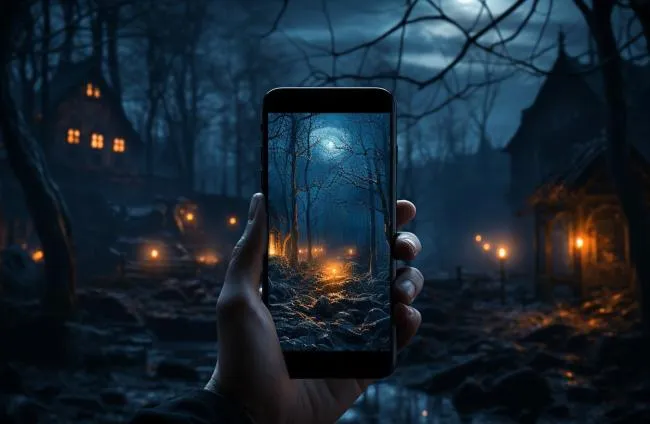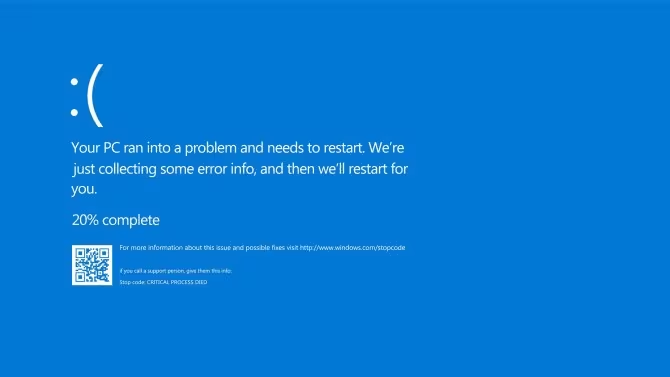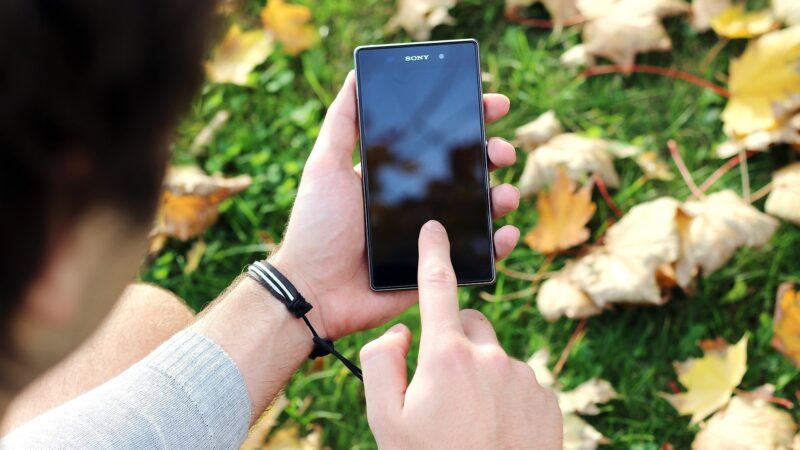The best apps to explore space

For those who have long dreamed of humans becoming a true space race, they argue that exploring space provides practical benefits in areas like health, mining, and security. And more inspiring benefits, too. These are some of the most compelling arguments for continuing space exploration. And that is why today we make a compilation of the best apps to explore space.
If we don’t want to go the way of the dinosaurs one day, we need to protect ourselves from the threat of being hit by a large asteroid, for example.
Also, a long list of gadgets have been developed for the US space program but found other applications on Earth, so many that NASA has an office that looks for ways to repurpose space technology as products. We all know about freeze-dried foods, but there are many others . In the 1960s, for example, NASA scientists developed a plastic coated with a metallic reflective agent. When used in a blanket, it reflects around 80% of a user’s body heat, an ability that helps accident victims and athletes stay warm.
As it is, we all know that learning about space is fun, right? While we can’t take a vacation in space just yet, there are still some opportunities to learn more about our solar system and other worlds. A good way to do this is by using one of the many applications available to observe the cosmos.
Our smartphones, in combination with augmented reality, offer a fantastic way to explore the sky and discover the many wonders of the universe. Most stargazing and astronomy apps work in a similar way: they determine our location using the GPS sensor and electronic compass on the device, allowing us to simply point our phone or tablet in any direction, see things that otherwise they would be visible only with expensive and professional equipment.
NASA App
How could it be otherwise, our first stop on the way is the NASA application . The National Aeronautics and Space Administration (NASA) is known for its ongoing effort to help the public learn about the universe. Their app is packed with the latest images, videos, mission information, news, stories, tweets, and even a feed to NASA TV.
The app uses a simple layout consisting of 9 tiles placed in a grid on the main screen of the app. Each tile represents a category of content, making it very easy to navigate to what interests us most.You can share any content on social media at the touch of a button or save it using the favorites feature. NASA knows that deep space images make wonderful wallpapers, so they allow users to save them to their mobile devices.
There’s also a continually updated list of upcoming ISS observing opportunities, which is particularly useful if you combine the NASA app with an augmented reality stargazing app like Sky Map.
sky map
This application may sound more like Google Sky Map to us, since it was the original name of the application. It is a way of seeing the sky with a viewer from outer space. The first version of the application was released back on January 20, 2012 and was released under the Apache 2.0 open source license.
The team behind the app wanted to make it easy for users to learn about the night sky . Therefore, Sky Map is available for free on the Google Play store and does not include any in-app purchases.More than 10 million people have already downloaded it. The first thing we must do after installing the application is to calibrate the compass on the mobile. Following a few simple steps you will be ready in a few seconds. After that, point the device anywhere to see what’s in the sky. Using the icons on the left, you can filter various types of celestial bodies to easily discover what you’re looking for. You can also search for a particular planet or star.
Star Chart
Star Chart is an augmented reality stargazing app that provides an amazing window into the universe. Like Sky Map, it uses the smartphone’s GPS and compass to locate where the user is, then displays the night sky as if the user were looking at it through a telescope.The app is used by more than 20 million people around the world, and for good reason. Compared to Sky Map, Star Chart basically offers the same experience but with a serious improvement in several key aspects. For starters, the compass calibration process is very easy and the magnification itself is much smoother than Sky Map, and you really feel the app respond fluidly to your every move as you look at the sky. Last but not least, the constellations have beautiful images on them, so you will understand why the first astronomers named them the way they did.
The only thing to note is that the app comes with in-app purchases, such as the ability to track comets, meteor showers, or satellites.
Stellarium Mobile Sky Map
This app is unique among all the other apps on this list in that its history dates back to 2001, when Fabien Chéreau, a French programmer, released the PC version. Since then, the app has been ported to Linux, Windows, Mac OS X, and recently also to mobile devices running Symbian, Maemo, Android, and iOS.
The app is described as a fully featured planetarium for smartphones. It has an amazing catalog of more than 600,000 stars that are displayed as a map of the sky with zoom in real time. Some nebulae and galaxies even come with high-definition images. The main planets and moons of the solar system are represented in 3D.
The app does not include any purchase but is not available for free. It costs 2.59 euros. It’s worth it.
Sky View
Terminal Eleven’s SkyView is a great all-in-one stargazing and sky guide app . SkyView uses the mobile screen and sensors to give us an augmented reality view of what is happening in the sky. We can turn our smartphones and tablets into Augmented Reality viewers to identify stars, planets and constellations. The application shows information about selected objects, planets and satellites. It also includes a “time travel” feature that allows us to see the sky as it looked in the past, or as it will look in the future, depending on what astronomy knows about the movements of each object.
night sky
Night Sky (on iOS( and Night Sky Lite (on Android) is another great app that takes full advantage of the mobile operating system to deliver a wonderful looking augmented reality sky map. Users can view thousands of stars, satellites, planets and constellations. Also, for iOs users, with the Apple Watch stand we will have the sky map on our wrist. Users can hold the Apple Watch to identify objects in the sky, or look down to see a “celestial compass” which gives an overview of the visible objects that night.A free Android version , Night Sky Lite, is available for mobile users on Google Play.
Pocket Universe
Pocket Universe for iOS is another excellent all-in-one skywatching app that provides both a portable sky map and a host of extras like augmented reality modes. Users can view a map of the sky, complete with labels and constellations, as well as track individual objects and planets (with “show me” mode for aiming guidance). The app includes additional activities and resources, such as quizzes and Wikipedia links to various objects. Of course, it is not free. It costs 2.99 euros. On Android there is Pocket Universe – 3D Gravity Sandbox, a very instructive game in which you can create the solar system. It is not free either, it costs 2.29 euros.
star walk 2
Star Walk 2 by Vito Technologies is an augmented reality star show that introduces us to the stars and planets in the sky above your head. In addition, the app includes detailed information on the history and mythology of the various constellations, stars, and planets , as well as a coordinate viewer for easy reference. A time slider (which time machine) will also allow us to see the skies of the past or future, and we can touch individual objects to get more details about them. It is available for both Android and iOS.
Solar Walk 2
Instead of a virtual planetarium, Solar Walk 2 is a pocket spacecraft, modeling the position of the sun, planets, moons, and other celestial objects in our solar system. Fantastically well animated and illustrated, users can zoom in on each of the planets, moons, and even a number of spacecraft and satellites to see stunning images, infographics, and detailed reviews of each object. We can also zoom out and see the entire solar system in motion. The app is available on iOS and Android devices.
Sky Guide AR
Sky Guide (iOS) is a handy GPS-assisted sky map and reconnaissance tool for detecting and identifying constellations, stars, planets, and satellites. The app includes an augmented reality view that overlays the star map in the camera view. As with the best star map apps, Sky Guide uses your phone’s sensors and screen to display a map of the sky wherever you point your phone, identifying stars and planets. In addition to showing the sky as it is now, you can also -as with other applications we have seen- travel back in time to see the sky as it was or will be on specific dates.
sky safari
A very detailed and popular app is Sky Safari (Android, iOS). Contains a rich offline database of stars and planets. We will also find animated visualizations of a variety of phenomena such as eclipses and meteor showers, detailed reports and astronomical information on a wide variety of celestial objects. In the case of iOS, the Apple Watch integration allows information to be sent to the wrist device. Even the most advanced versions, Sky Safari Plus and Sky Safari Pro, include an expanded database and more features, such as support for WiFi-controlled telescopes.
Redshift – Astronomy
Redshift – Astronomy (for both Android and iOS) turns our device into a mobile planetarium. Like Star Walk, you can use the app as a star map by pointing the app up at the sky to illustrate constellations and celestial objects. In addition, Red Shift presents us with a 3D mode around the solar system , exploring planets and moons. In addition, the app contains a rich database of more than 100,000 stars and 70,000 deep-sky objects, as well as dwarf planets, comets, and asteroids.
GoSkyWatch Planetarium
This universal iOS app was originally introduced with the release of the iPad 2. GoSkyWatch Planetarium serves as a sky map and star finder, displaying a field of stars labeled based on our current location and device orientation, with a search arrow that can guide us towards the stellar object that we select. We can also adjust the brightness and the night mode to see constellations, experience timelapse animations of the movement of the stars and check the sunrise and sunset times.
Space Images
This application developed by the Jet Propulsion Laboratory (JPL) in Pasadena, California (USA) presents us with a large number of images and interesting data about planets, moons, galaxies and many other things. As you can already imagine, you can download all the images you want on your smartphone and put them as wallpaper, for example.
GoSatWatch
Sister to GoSkyWatch, this app focuses on man-made objects like satellites and the International Space Station. You can use the app to see the satellites and their orbital track, or turn everything upside down and see the globe and the satellites that orbit it. You can find predictions for when the satellite passes overhead and set notifications.
SkEye
SkEye is a mobile planetarium app for Android devices that is presented as a guide for optical telescopes . It works like most other star map apps, with a built-in catalog of star objects, a search function, and a time machine mode to view the night sky in the past or future. You can also connect your Android device to your telescope’s optical tube assembly, and with some alignment calibrations, you can use the app as a guide to align your telescopes to the objects you want to view.
Star Rover
Can you imagine a planetarium inside your mobile? So is Star Rover. It is very simple to use. You just have to hold your phone up and the app will tell you exactly what it’s pointing at, what you’re looking at. You will see the stars, moon, planets and constellations from your current location. As you move the smartphone, the star map will also update in real time. If you travel, you can also set your location manually so you can view the sky from anywhere in the world or even travel to the future or past to see what the night sky looked like on a certain date or time.
exoplanets
This app focuses on exoplanets, those planets located outside of our solar system. Provides facts and information about known exoplanets, including their properties and characteristics. We can find it both in the App Store and in Google Play.





